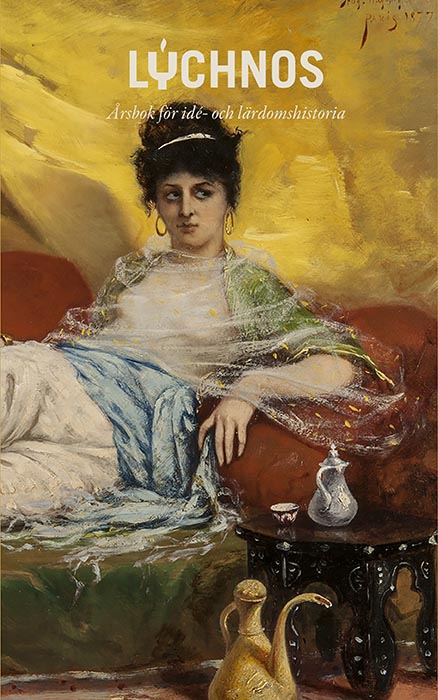Unlocking translations as tools of scientific communication
The genesis of Thunberg’s “Travels” in German 1788–1794
Nyckelord:
Science and translation, eighteenth-century travelogues, Carl Peter Thunberg, book market, language and natural historyAbstract
Between 1770 and 1779 Carl Peter Thunberg (1743–1828), one of the so-called apostles of the renowned Swedish botanist Carl Linnaeus, carried out a scientific expedition, first through Europe and subsequently to South Africa, to Java, and finally Japan, one of the most secluded cultures in the world at the time. Given the early modern popularity of travel literature in general and of scientific travel accounts in particular, it came as a surprise that his travelogue, promising the first new insights into an isolated exotic country for almost a century, did not appear until 1788. This was nine years after his return and furthermore, to the frustration of many, the travelogue was published in Swedish. Vernicularization was part of a programmatic popularizing shift in Swedish eighteenth-century science, but it came at the price of international outreach. Therefore, translations played a decisive role for the establishment and dissemination of Swedish science in Europe, yet their position as a tool of scientific communication is underexplored in the history of sciences. Moreover, the grand narratives of nature that were communicated by scientific travellers of the eighteenth century cannot be comprehended properly without also taking their linguistic dimensions (of transfer) into account. This article uncovers the intricate play behind the protracted birth of Thunberg’s travel in German and is thus a contribution to a deeper understanding of the important relationship between translation and science as tools of transnational communication and dissemination of science.
Downloads
Publicerad
Nummer
Sektion
Licens
This work is licensed under a Creative Commons Attribution 4.0 International License. The copyright for the work published in Lychnos remains with the authors.


